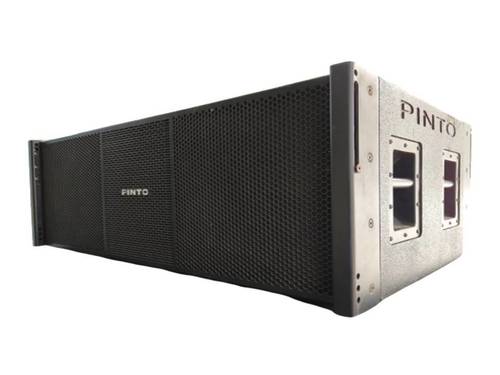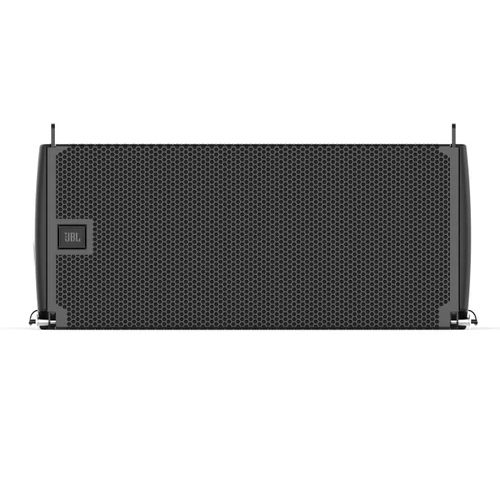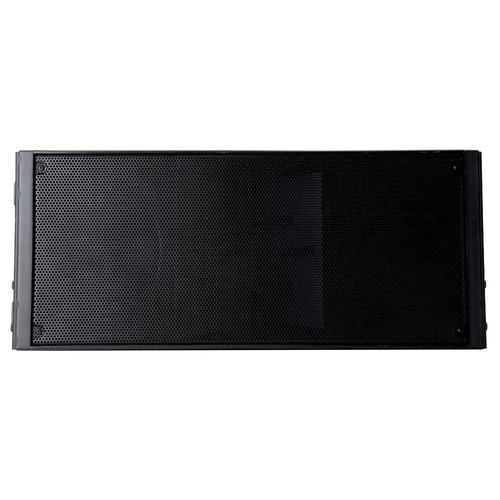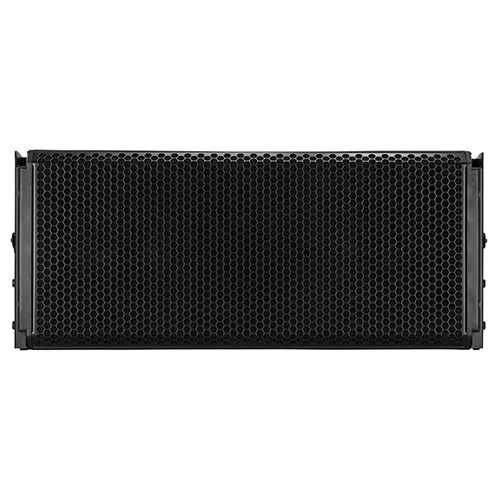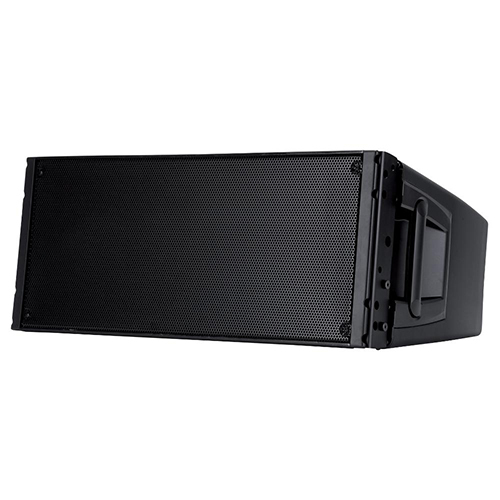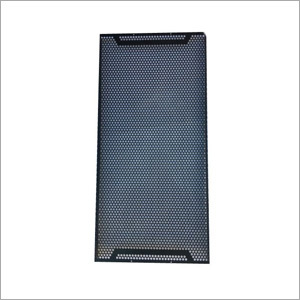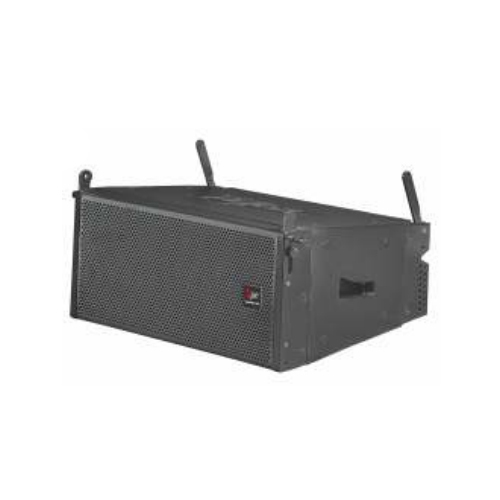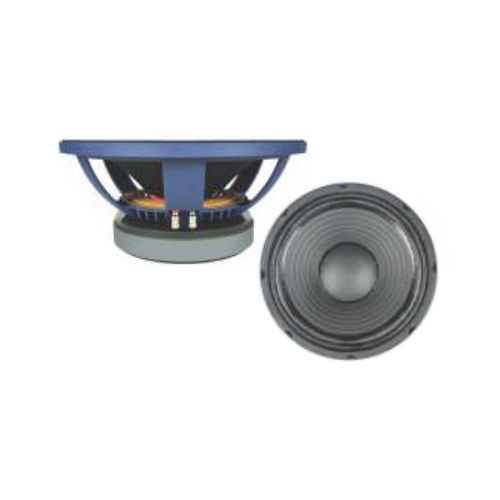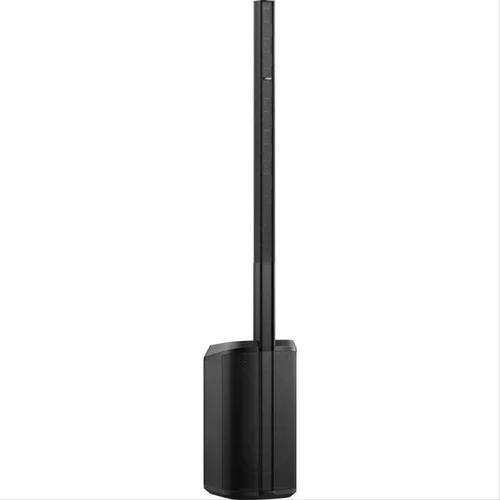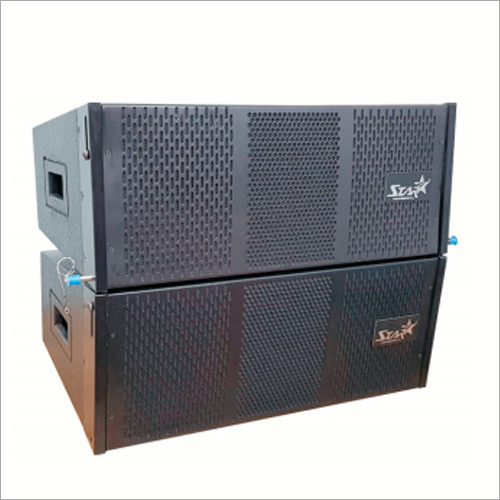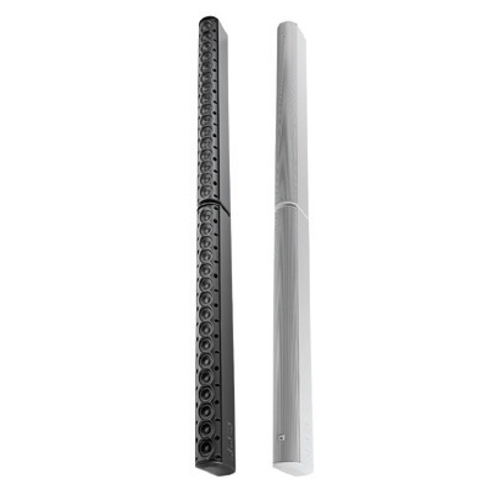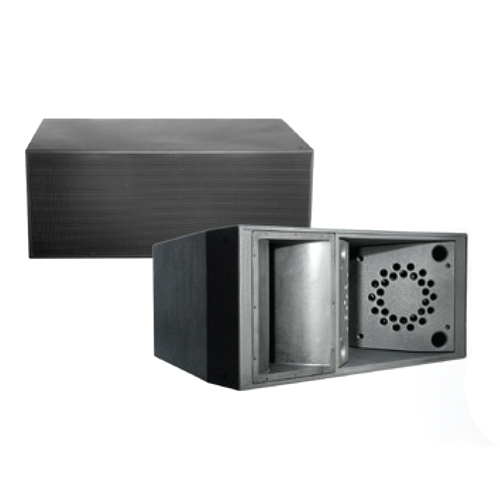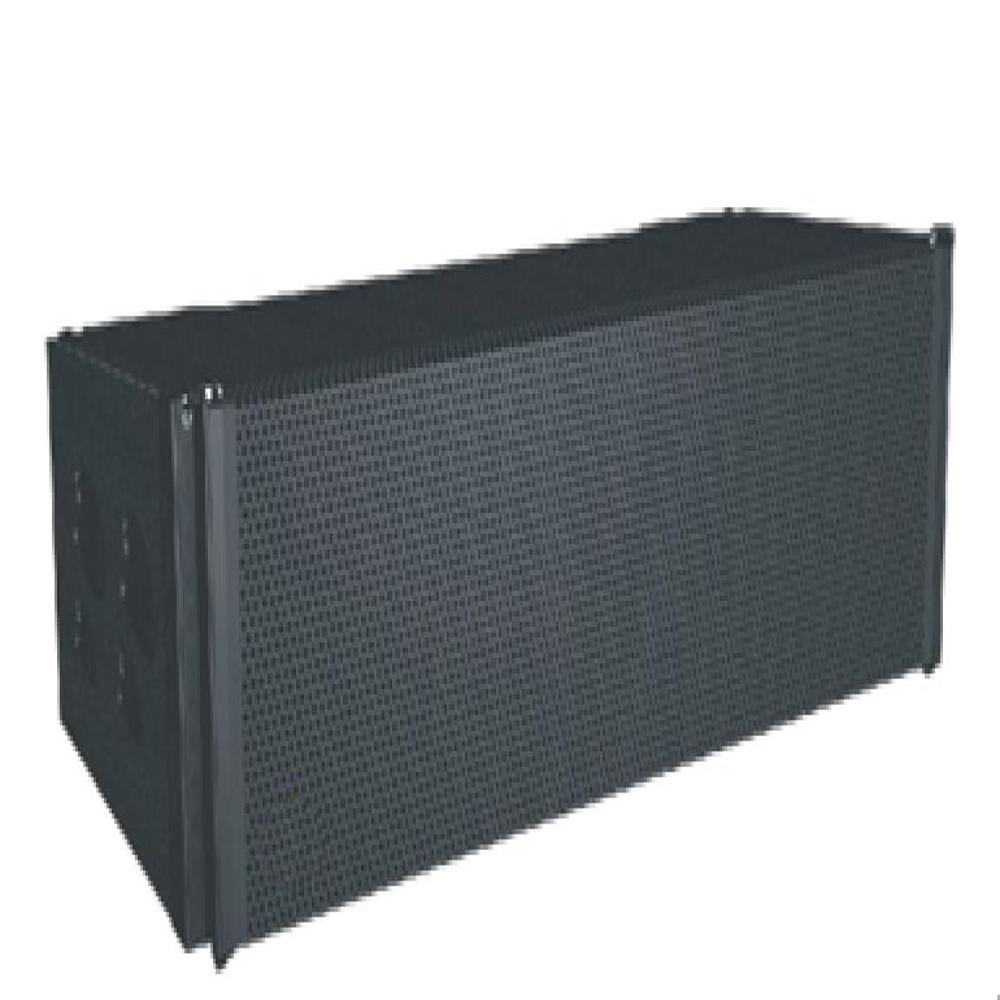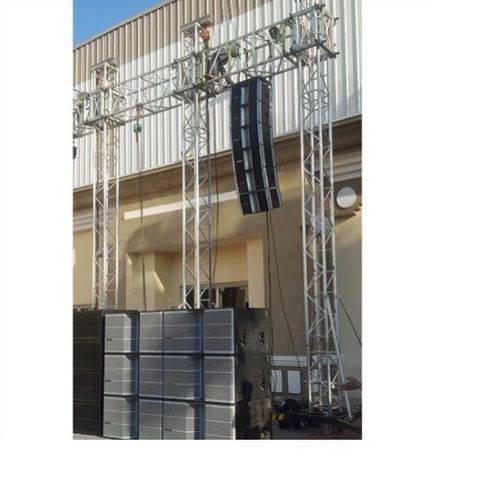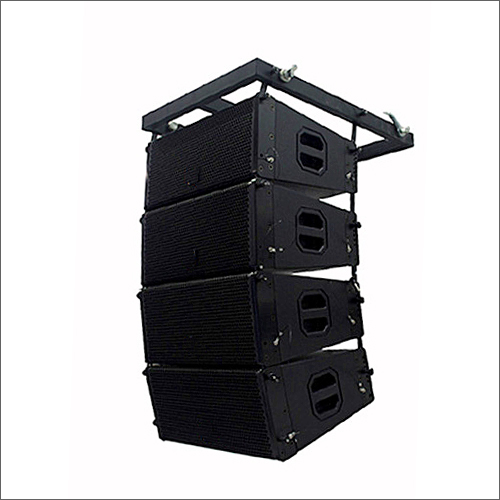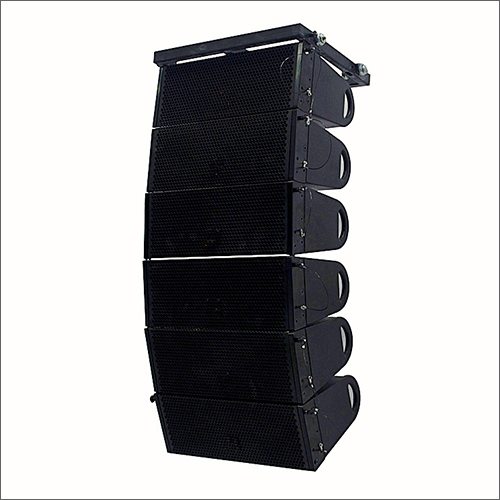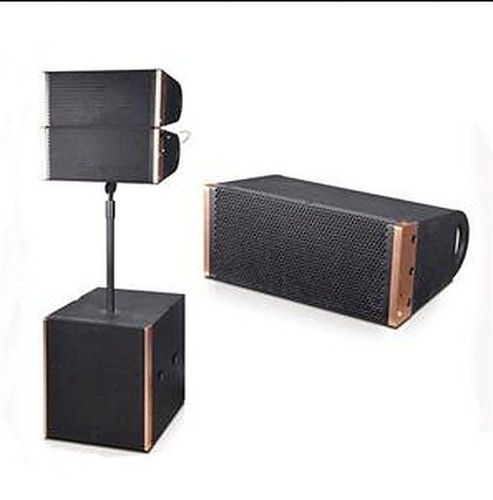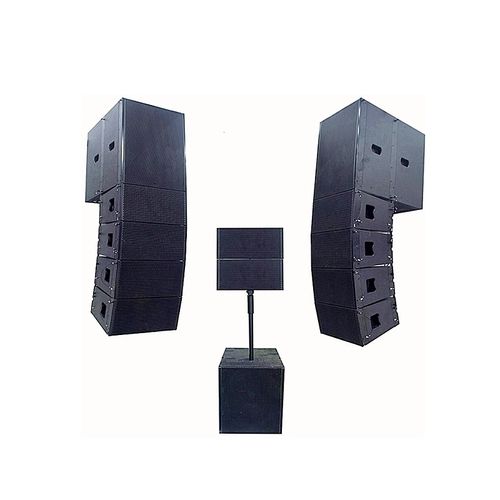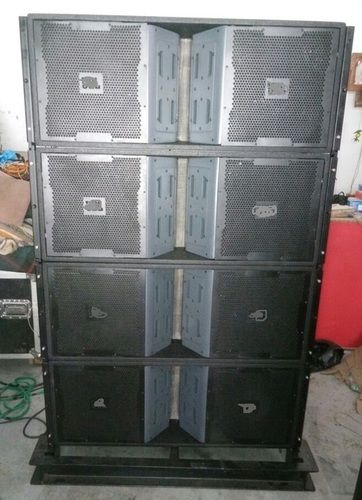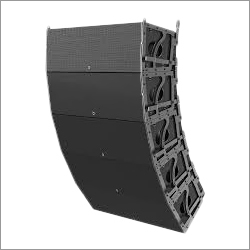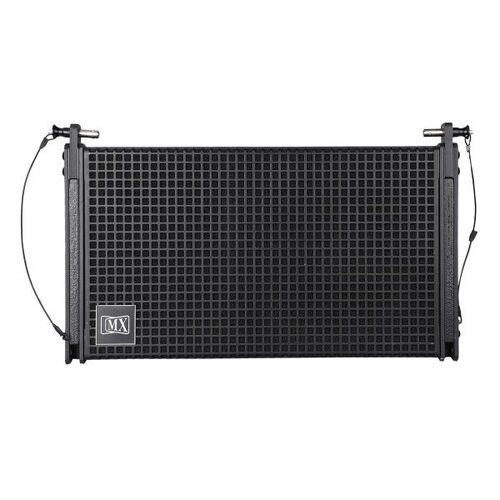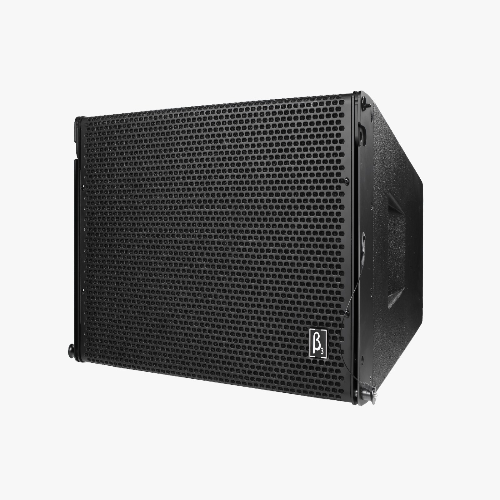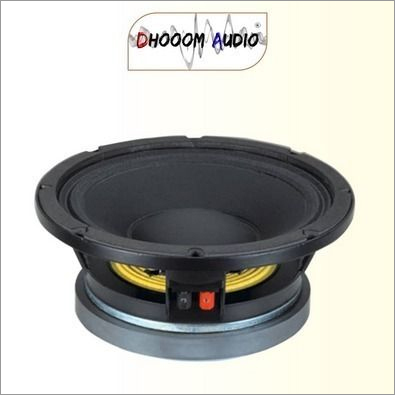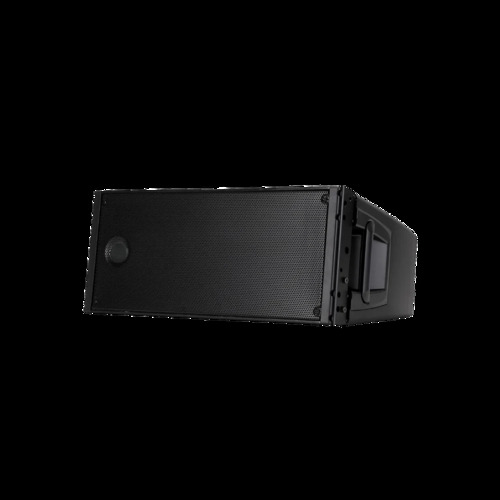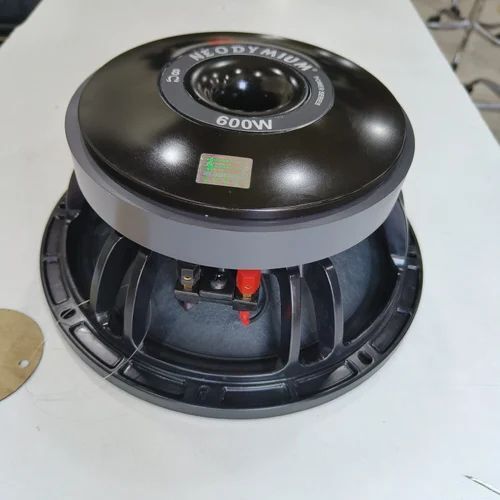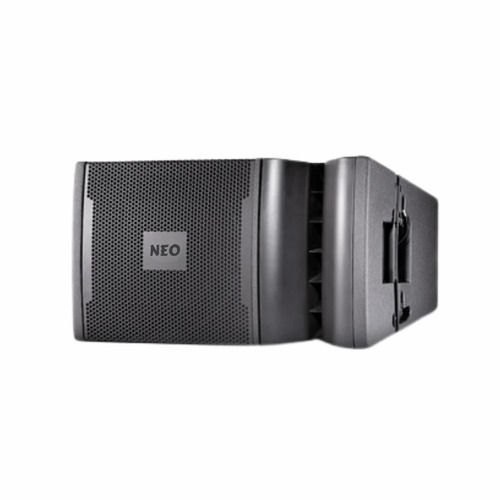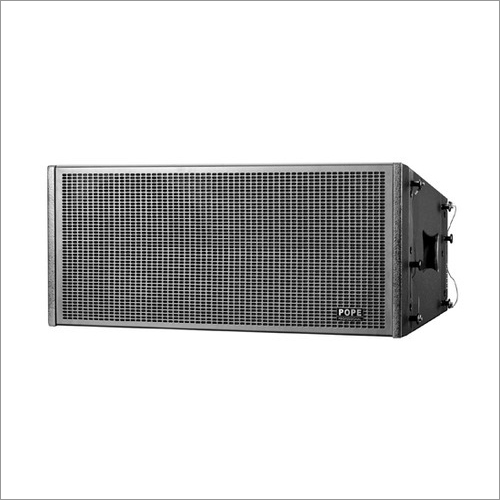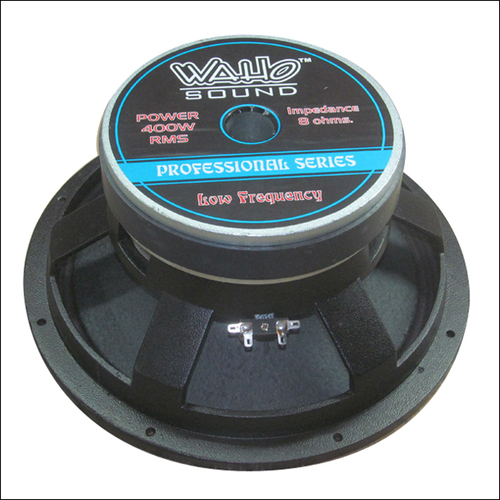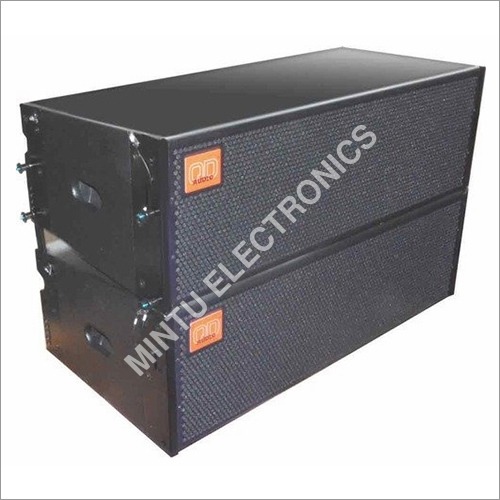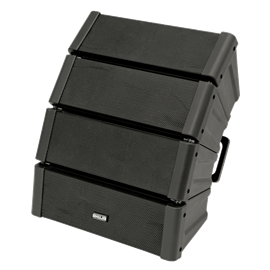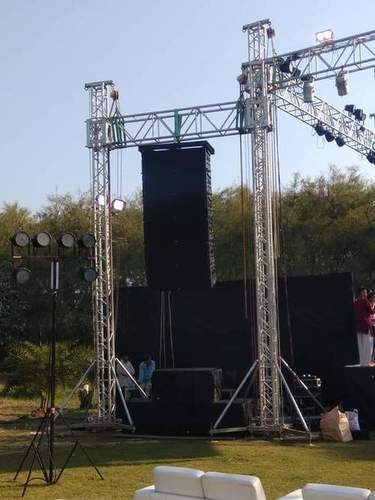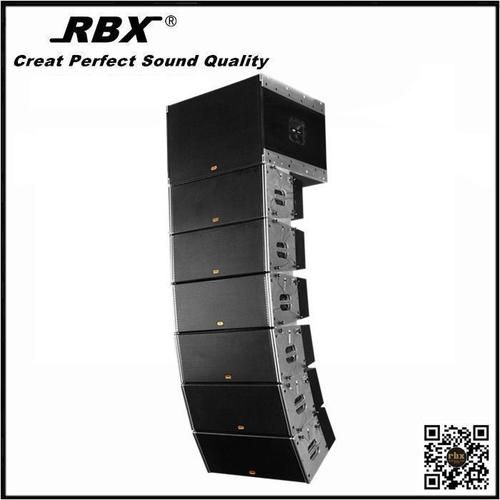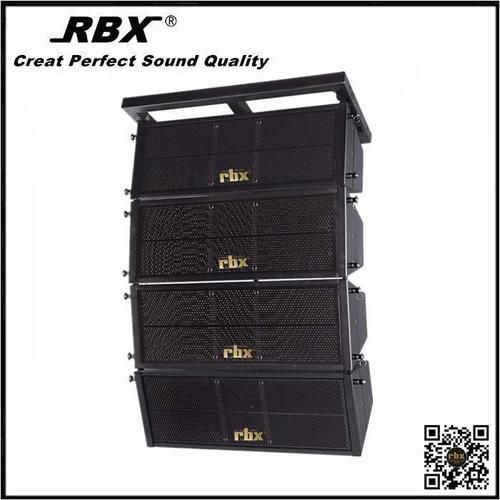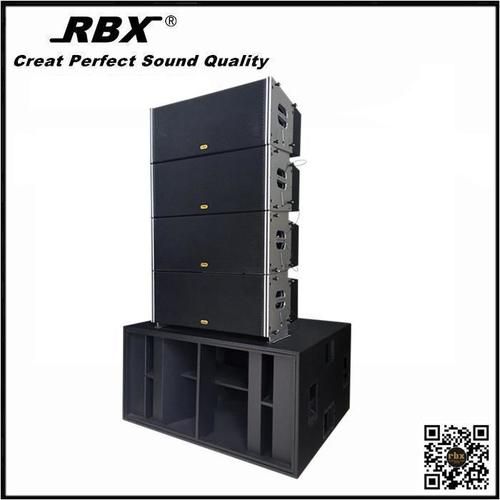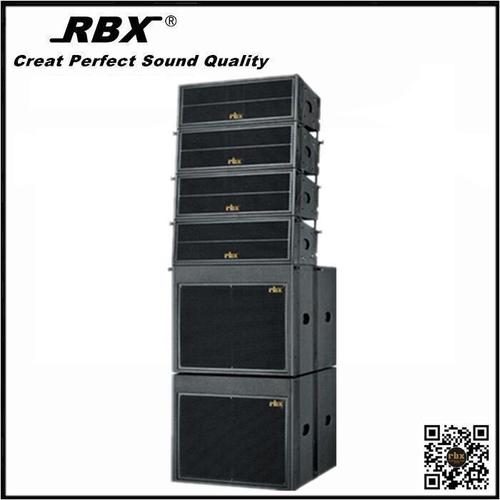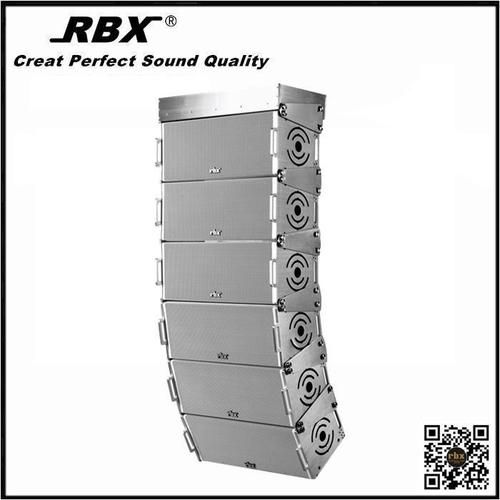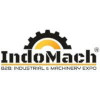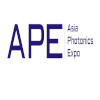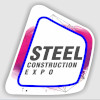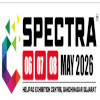- Tradeindia
- Speakers & Speaker Parts
- Line Array Speakers
Line Array Speakers
(90 products)2 Way Line Array - Cabinet Material: Ms
MOQ1 Piece/Pieces
Cabinet MaterialMs
SizeStandrd
ColorBlack
Channels2.1
Warranty1 year
Jbl Srx 910La -Dual 10-Inch Powered Line Array Loudspeaker - Color: Black
Price: 28500.00 INR/Unit
MOQ1 Unit/Units
SizeStanderd
ColorBlack
Product TypeLine Array Loudspeaker
Channels5.1
Frequency (MHz)50 Hertz (HZ)
Usage & ApplicationsJBL SRX 910LA -Dual Powered Line Array Loudspeaker
Audio Line Array Speaker
Price: 200 USD ($)/Unit
MOQ50 Unit/Units
Product TypeAudio Line Array Speaker
UsageOther, Portable Audio Player
ColorBlack
FeaturesRust Free
Absolute Design Proaudio Co., Ltd
Guangzhou
 Trusted Seller
Trusted Seller Premium Seller
Premium Seller1 Years
View More
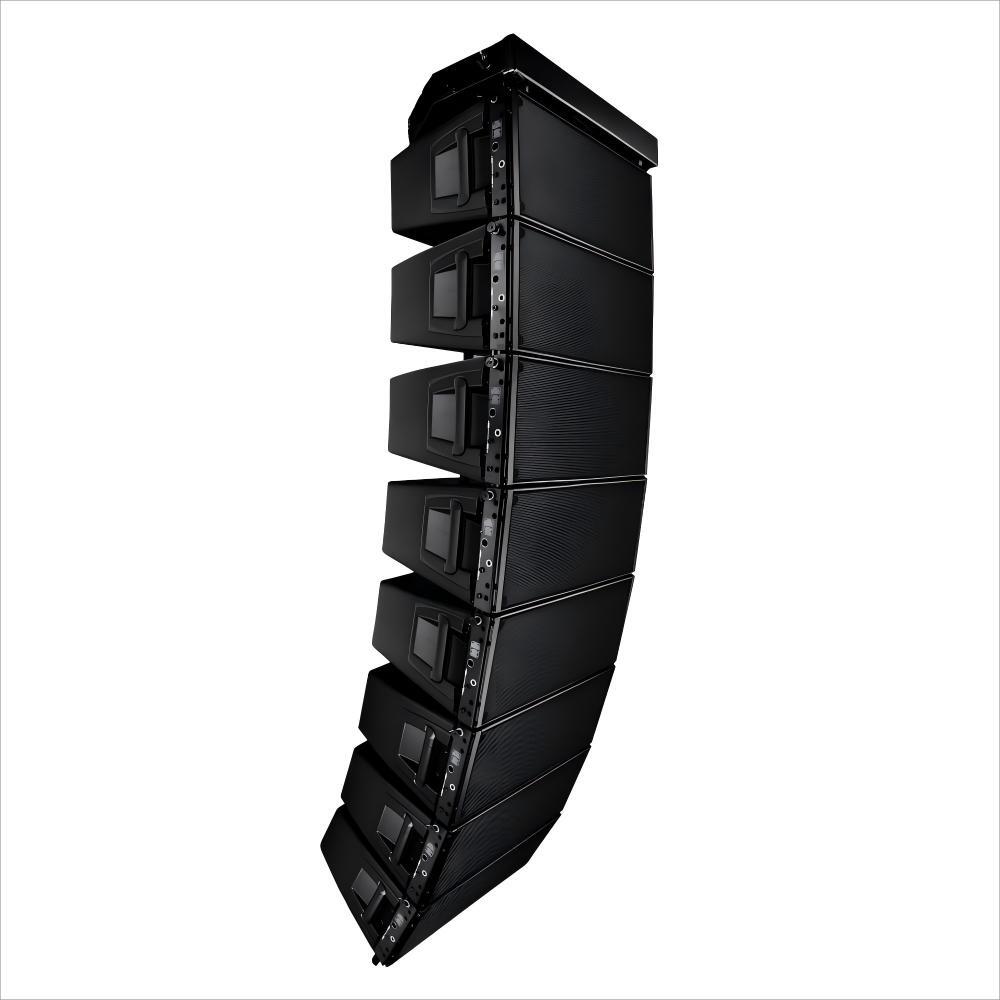
Active Line Array Speaker Hdl20-A For Touring - Color: Black
Price : 300.0 USD ($)
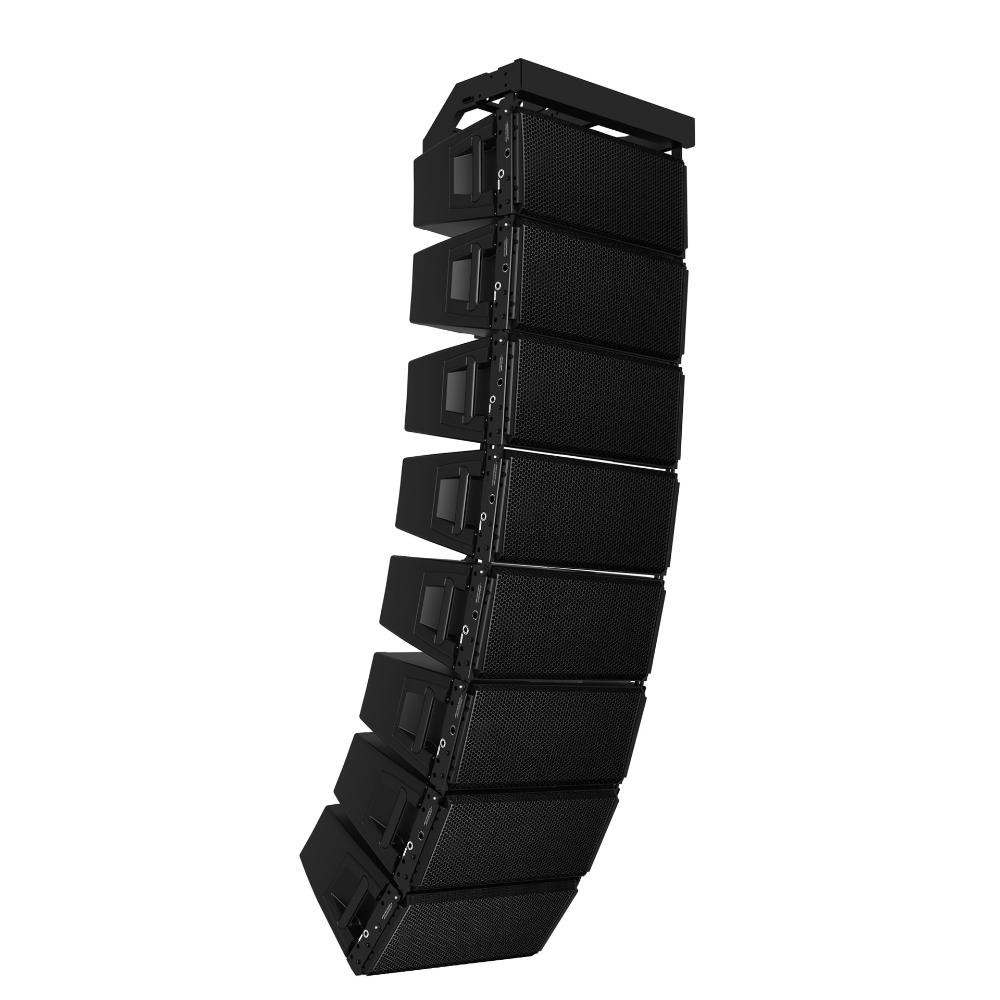
Hdl30A Dual 10 Active Line Array Speaker Sound System - Color: Black
Price : 500 USD ($)
Speaker Line Array Grill - Color: Black
Price: 100 INR/Unit
MOQ1 Unit/Units
SizeDifferent Available
ColorBlack
Product TypeSpeaker Line Array Grill
ChannelsOther
Wireless1
UsageComputer, Home Theater, Portable Audio Player, Stage
LA-750 Line Array Speaker - 750W RMS Power Rating, 12-Inch Woofer, Black | 100dB SPL, 1 Year Warranty, Adjustable Splay Angles
Price: 53400 INR/Piece
MOQ1 Piece/Pieces
ColorBlack
SupportOther
Product TypeLine Array Speakers
Frequency (MHz)50 Hertz (HZ)
UsageOther
Warranty1 Year
View More
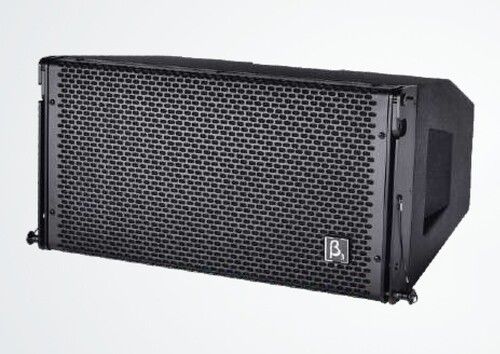
Speaker Line Array - Color: Black & Gray
Price : 125591 INR
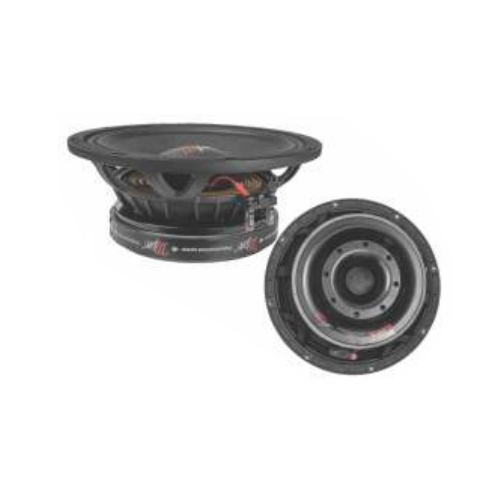
Black Sx-600Y 12 Mid - Bass Speaker For Line Arrays
Price : 7300 INR

Black Sx-400Y 12 Mid - Bass Speaker For Line Arrays
Price : 5600 INR
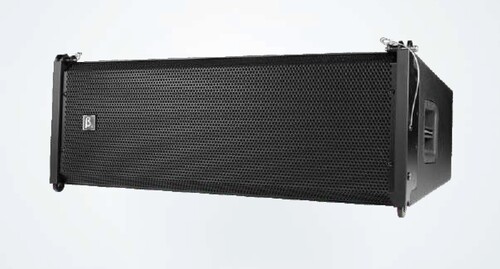
Line Array Speaker - Black & Gray Finish | Features USB & Aux-In Connectivity, 1 Year Warranty
Price : 248421 INR
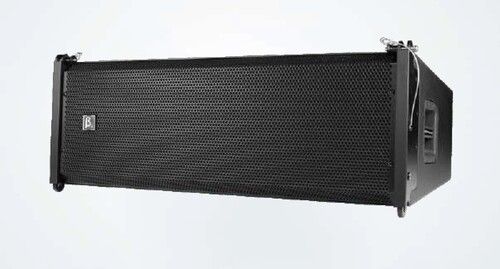
Dual 12 Inch Line Array Speaker - Color: Black & Gray
Price : 248421 INR
Bose L1 Pro8 Portable Line Array System - 78.94" H x 12.52" W x 17.32" D , Black Color, 38 lb Lightweight Design, 50 Hertz Frequency, 2-Year Warranty for Home Theater
Price: 129500 INR/Piece
MOQ1 Piece/Pieces
ColorBlack
Dimension (L*W*H)78.94" H x 12.52" W x 17.32" D Inch (in)
Frequency (MHz)50 Hertz (HZ)
UsageHome Theater
Weight (kg)38 Pound (lb)
Warranty2 Year
Audiofusion Solutions Private Limited
Lucknow
 Trusted Seller
Trusted Seller1 Years
Bose L1 Pro8 Portable Line Array System - High-Quality Plastic, 7.8x13x78.5 Inches, Black Color, 1 Channel, 45Hz-16kHz Frequency Response, Bluetooth Support, Wireless | Compact 17.2 kg Powered PA System for Events
SizeCompact
Frequency Response45 Hz aEUR" 16 kHz
Cabinet MaterialOther, High-Quality Plastic
SupportBluetooth Audio, Other
Magnet TypeNeodymium
Dimension (L*W*H)7.8 x 13 x 78.5 inches
V K Sound Galllery
Surat
 Trusted Seller
Trusted Seller Premium Seller
Premium Seller3 Years
La 210 Line Array Speaker Systems
Price: 42000 INR/Piece
MOQ1 , Piece/Pieces
Cabinet MaterialOther, High Density Plywood
Frequency Response55 Hz aEUR" 19 kHz
ColorBlack
Dimension (L*W*H)770 x 420 x 300 mm
SupportOther, Array Suspension Rigging
Impedance8 Ohms
Cbt 200La-1 200Cm Tall Line Array Column With 32X 50Mm Drivers Loudspeakers - Color: Black
MOQ1 Unit/Units
Subwoofer Size200cm
Frequency (MHz)60 Hertz (HZ)
WarrantyYes
UsageHome Theater
ColorBlack
MaterialPlastic
VERTICAL LINE ARRAY MTL - P215
Price: 140000.0 INR/Piece
MOQ1 Piece/Pieces
FinishSmooth
ColorBlack
Product TypeLine Array
ShapeRectangular
HardnessYes
GradeIndustrial
Vertical Stacking Throw Line Array Speaker Setup System
Product TypeThrow Line Array Speaker Setup System
UsageStage
ColorBlack
View More
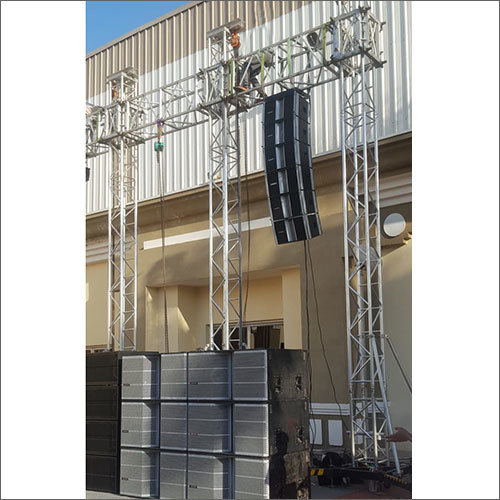
Throw Line Array Speaker Setup System Cabinet Material: Plastic
Price Trend : 50000.00 - 500000.00 INR
PA208 Line Array System - Plywood Black Finish, 670x263x484mm Dimensions | Dual 8-Inch High-Power Woofers, 1800W Output, DSP Audio Processor for Versatile Applications
Cabinet MaterialPlywooden
Magnet TypeFerrite magnet and neodymium magnet optional
Impedance8I(c) Ohm (ohm)
Dimension (L*W*H)W670 x H263 x D484mm Millimeter (mm)
SizeLFi1/4s2A--8" (140mMagnet,50mmVC) HF:1A--1.75"(Neo,120mmMagnet,44mmVC)
Product TypePassive and active both available
View More
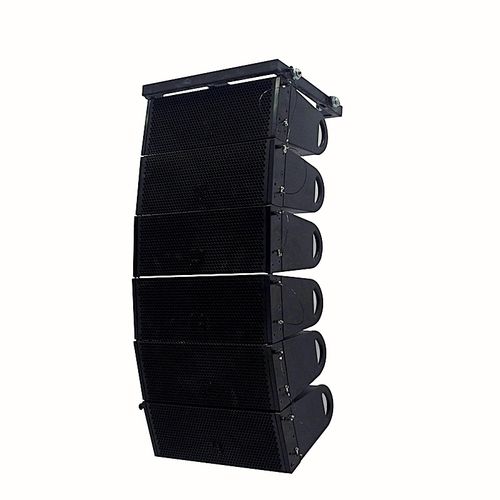
Small Line Array Sound System - Plywood, 2x6.5-inch Full-Range Speakers, 15-inch Subwoofer, Black | 27Hz-18kHz Frequency Response, 700 Watt Power, 1-Year Warranty
Price Trend : 100.00 - 1000.00 USD ($)
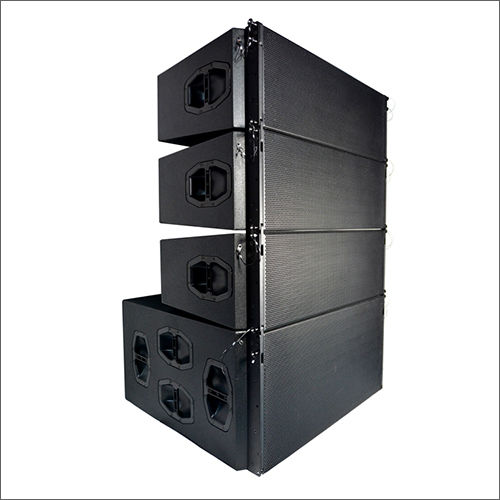
J8 And Jsub Dual 12Inch 3-Way Line Array System Speaker Cabinet Material: Plywooden
Price : 16000 USD ($)
FAQs Related to Line Array Speakers
Line Array Speaker Cabinet
MaterialPlywood
Dimensions1200 x 400 x 400 mm
Weight45 kg
Frequency response40 Hz - 20 kHz
Sensitivity98 dB
Impedance8 ohms
Line Array Speakers
MaterialRaw material
TechnologyAdvanced technology
Audio deliveryClear
VenueLarge
UsageTheaters
FeaturesWaterproof speaker, High quality, Stylish design, Clear audio, Exceptional audio, For large venues
10 Inch LINE ARRAY WOODEN SPEAKER
Woofers10 inch
Tweeter2 x 44mm
Power800W
Impedance8 ohms
Sensitivity98dB
Frequency55Hz-20kHz
Beta 3 Vr 112 Speakers Cabinet Material: Wooden
Price: 130510 INR/Unit
MOQ2 Unit/Units
Impedance8 Ohm (ohm)
Cabinet MaterialWOODEN
Product TypeSpeakers
Output Power300 Watt (w)
Subwoofer Size12"
Warranty1 YEAR
Line Array Speaker System Cabinet Material: Imported Russian Biurch Plywood
Price: 55000 INR/Box
MOQ4 Box/Boxes
Cabinet MaterialImported Russian Biurch Plywood
ColorBlack
SupportOther
SizeDual 12" 2 Way
Product TypeLine Array Speakers
ChannelsOther
RCF HDL 20-A Line Array Concert Speaker
MaterialWood, metal
DimensionsVaried
WeightHeavy
PowerHigh
FrequencyWide range
DriversMultiple
Black Line Array High Mid Speaker
Nominal Dimension312 mm
Nominal Impedance8 ohm
D.C. Resistance6.4 ohm
Sensitivity98 dB
Voice Coil diameter2.5"
Pole10 mm
View More
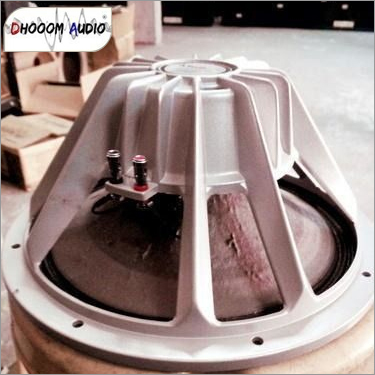
Bass Speaker - 12 Inch, 600 Watt Power | High-Quality N52 Magnet, Versatile Line Array Design
Price : 8000 INR
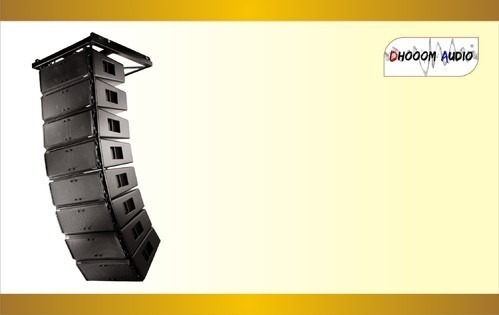
Black Line Array (D-12) Speaker
Price : 17500 INR
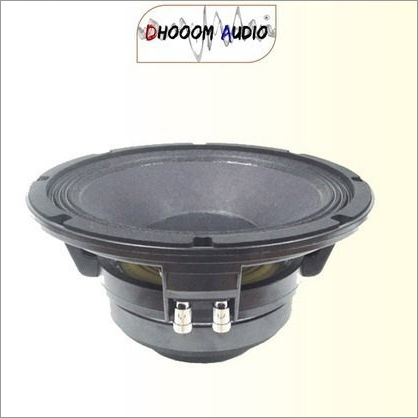
Line Array Da 10X200 High Mid Speaker Power: 400 Watt (W)
Price : 3800 INR
Hdl 20a Line Array
Price: 70000 INR/Piece
MOQ1 Piece/Pieces
Colorblack
Sizecustomize
Product TypeHdl 20a Line Array
2 Way Line Array Speaker - ABS Plastic, 16 Ohms Impedance, 400W Power | Shock Resistant, Anti-Corrosive, Easy to Install, Versatile for Theatres and Events
Price: 10000 INR/Unit
MOQ2 Unit/Units
SizeCustomize
Product TypeSpeaker
UsageHome Theater, Stage
View More

Line Array Speaker Size: Customize
Price : 10000 INR
Line Array Speakers - ABS Material, 50 Hz Frequency, 2.0/2.1/5.1 Channel | Portable, Wireless, Bluetooth Connectivity, Ideal for Various Venues
MaterialABS
Frequency50Hz
Channels2.1, 5.1
PowerElectric
TypeActive, Passive
DimensionsVaried
Line array Speaker systems
Woofer size15 inches
Impedance8 ohms
Sensitivity98dB
Frequency response40Hz-20kHz
Power handling300W
Magnet weight1.5kg
QD Audio Professional Line Array Systems
Price: 50000 INR/Piece
MOQ2 PCS Piece/Pieces
MaterialOther
Input Power1000 Watt (W)
Dolby DTS Audio Solution
Input Power200W RMS
Frequency Response70 to 20kHz
Speaker Woofer4 x 127mm
Tweeter12 25.4mm
SPL96dB
Nominal Impedance8 ohms
8 Inch Line Array Speakers
Driver8 inch
MaterialAluminum
DimensionsVaried
WeightHeavy
FrequencyWide range
PowerHigh
View More
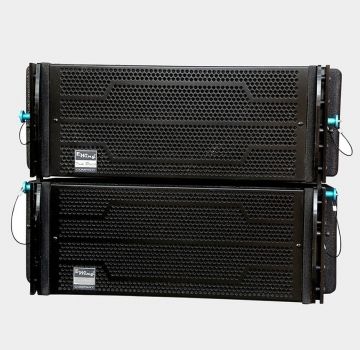
Line Array ER 602 Speaker
Get Best Deal
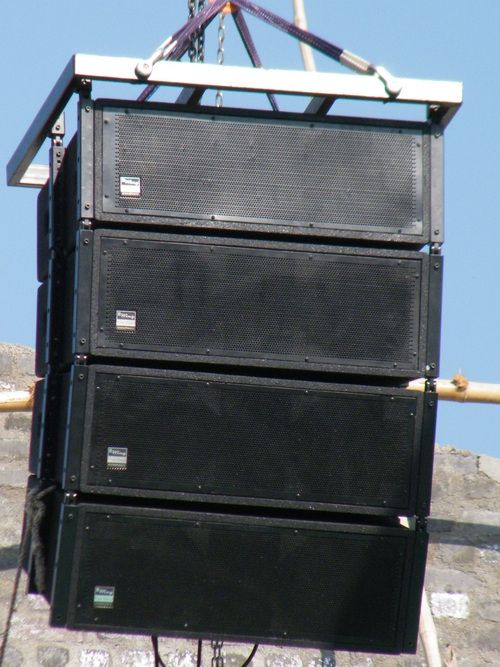
8 Inch Line Array Speakers
Get Best Deal
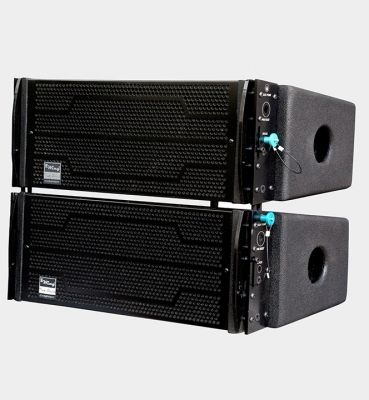
Line Array Er 802 Speaker
Get Best Deal

Line Array Speaker ER 1202
Get Best Deal
Line Array Speaker
Nominal Diameter380/15 mm/inch
Nominal Impedance8 ohm
Rated Power600 watts
Peak Power1200 watts
Sensitivity103.3 dB
Frequency Range43~2000 Hz
View More
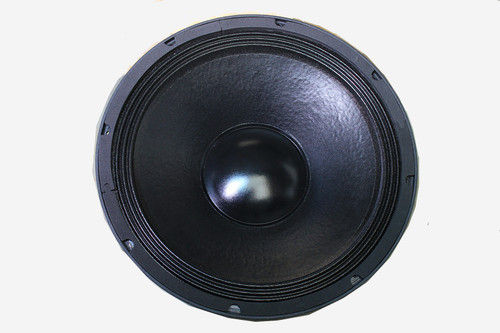
12 Inch Speaker
Get Best Deal
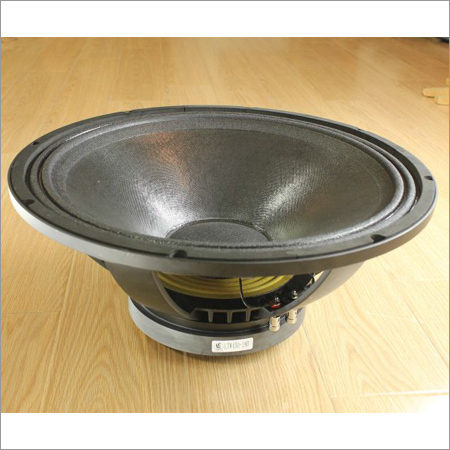
380mm Subwoofer
Get Best Deal

15 Inch Pro Speaker
Get Best Deal
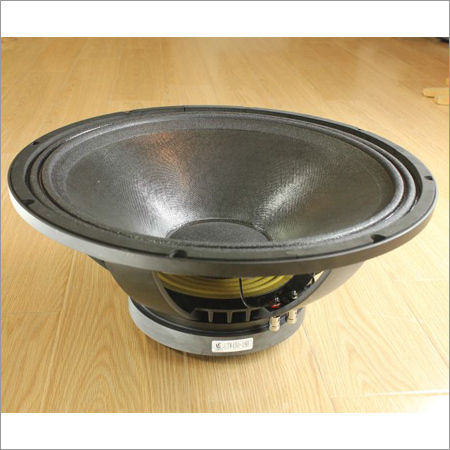
380mm Subwoofer
Get Best Deal
X-1810S Dual 10 840W Speaker Line Array Tower
Product DescriptionWith the assistance of skilled and dedicated professionals, we are eminent Exporter, Manufacturer and Supplier of X-1810S Dual 10 840W Speaker Line Array Tower in Guangzhou, Guangdong, China.\015\012Overview:\015\012X-1810s is a compact line array system specially designed for sound reinforcement,
Client Testimonials & Reviews

Since the moment we got associated with Getdistributors.com, the word success has become synonymous with our company's growth. The services of Getdistributors.com are highly effective. They are the best in generating relevant inquiries and providing you with reliable distributors. I have received a phenomenal response from this portal and I am more than happy to share my good experience. We would definitely recommend other organizations to avail the benefits offered by this portal.

SahilKandhari
S K ENTERPRISES
We registered on Getdistributors.com to scale our business and we would like to say that it has been a great experience. It has a supportive team that provides an impeccable service by actually taking out time for their clients and figure out their business needs. With its help, we have got lots of business inquiries in less time. According to us, it is a great platform for companies and distributors to come together. We wish to recommend all SMEs to be part of this website and expand their market reach.
Line Array Speakers Price List
Product Name | Expected Price |
|---|---|
| Line Array Speakers | 12999 |
| 1 Line Array Speaker System | 120000 |
| Line Array Speaker | 88000 |
| Bose L1 Pro8 Portable Line Array System | 129500 |
| Line Array Speakers | 4500 |
| Hdl 20a Line Array | 70000 |
| JBL SRX 910LA -Dual 10-inch Powered Line Array Loudspeaker | 28500 |
| ALA 2400 PA Line Array Loudspeakers | 27600 |
| ALX 6000 PA Line Array Loudspeakers | 39563 |
| ALX 11000 PA Line Array Loudspeakers | 56521 |
This Data was Last Updated on 2025-12-29
Line Array Speakers Manufacturers | Suppliers in India
Company Name | Member Since |
|---|---|
Pinto Electronics Pune, India | 15 Years |
Suman Sound Sale & Service Bihar, India | 5 Years |
Bhuvaneshwar Perforators Vasai, India | 4 Years |
Audiotechnix Incorporation Pune, India | 4 Years |
Manohar Radios Kolkata, India | 3 Years |
V K Sound Galllery Surat, India | 3 Years |
Studio Care Chennai, India | 2 Years |
Absolute Design Proaudio Co., Ltd Guangzhou, China | 1 Years |
Audiofusion Solutions Private Limited Lucknow, India | 1 Years |
Hi-tech Av Systems New Delhi, India | 1 Years |
Upcoming Tradeshows
CWIEME Shanghai 2026
Wed, 24 Jun, 2026 - Fri, 26 Jun, 2026
INDOMACH Jamshedpur 2026
Thu, 05 Feb, 2026 - Sun, 08 Feb, 2026
Asia Photonics Expo (APE 2026)
Wed, 04 Feb, 2026 - Fri, 06 Feb, 2026
IFF - India Fashion Forum 2026
Wed, 28 Jan, 2026 - Thu, 29 Jan, 2026
Plastic Packaging Printing Expo (P3) 2026
Fri, 10 Apr, 2026 - Mon, 13 Apr, 2026
STEEL CONSTRUCTION EXPO 2026
Thu, 26 Feb, 2026 - Sat, 28 Feb, 2026
Water Expo Guwahati 2026
Thu, 12 Mar, 2026 - Sat, 14 Mar, 2026
FAN Expo Hyderabad 2026
Thu, 12 Feb, 2026 - Sat, 14 Feb, 2026
Spectra Expo 2026
Wed, 06 May, 2026 - Fri, 08 May, 2026
Odisha Mining & Infrastructure International Expo 2026
Thu, 08 Jan, 2026 - Sun, 11 Jan, 2026
Popular Categories

